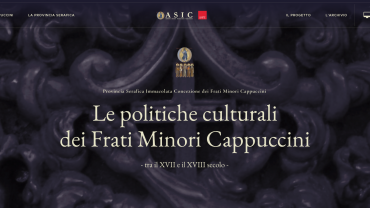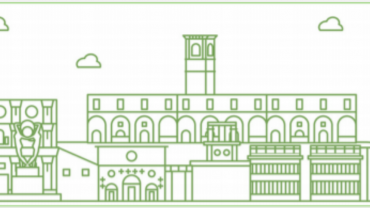The project concerns the study of an important figure of the Italian and European Renaissance, such as Guido Ascanio Sforza (1518-1564), nephew of Pope Paul III and protagonist of
the life of the Church in the central years of the sixteenth century. Camerlengo, leader of the imperial
party in the College of Cardinals and protagonist of several conclaves, was in very close relations
with the Spanish court and the Italian aristocracy, so much so that he was also imprisoned at the time
of Paul IV. He was also an important artistic client.
In particular, the activity research is divided into three closely related phases:
1) data collection starting from the Italian and international bibliography;
2) the virtual reconstruction of the Camerlengo’s political and cultural activity through the census
and registration of his most significant documentation, of extraordinary importance for the Italian and
European history and culture in the Renaissance. The collected data will be made available in a
database that allows research not only to specialists, but also to the widest possible public interested
in the Renaissance.
3) the third part of the project, based on the previous ones, will consist in the elaboration of a digital
museum itinerary which will include the various Roman (today Barberini and Sforza Cesarini),
Tuscan and Lazio palaces.
Through the techniques of digital cartography (GIS), 3D, virtual and augmented reality, it will be
possible to process the data collected in order to reconstruct some of the most significant
environments and spaces, building a series of multimedia paths that will relate the figure of the
cardinal of Santa Fiora with the main artistic and historical events of the Italian and European
sixteenth century. The virtual reconstruction will allow the development of tourist-cultural itineraries
to be proposed to both tour operators and interested local authorities. The data will be made available
in open access and with information in multiple languages.
How strong is your museum’s website as part of the whole offer? Does it reflect your identity as an organisation? Does it appeal to your visitors? What does it really need? Are there trends to pay attention to? Others to ignore? What makes the site appealing? What mistakes can you avoid?If your work involves museum websites these will be questions you’ll have to tackle, whether you’re commissioning a new site or just trying to keep the current one healthy.
The research activity combines the study of the past and digital dissemination through the
enhancement of the historical heritage, so as to provide a wide audience with a privileged access key
to the past, through a deeply innovative inter-disciplinary and inter-sectoral methodology, the
development of cultural tourism.




